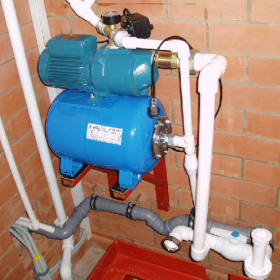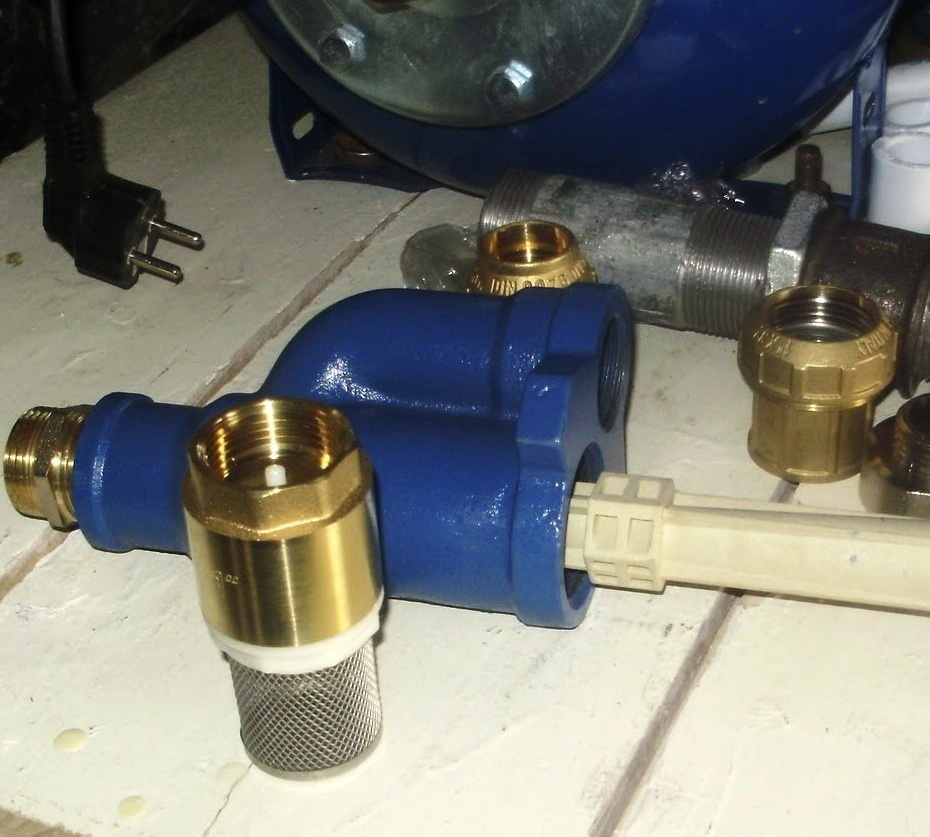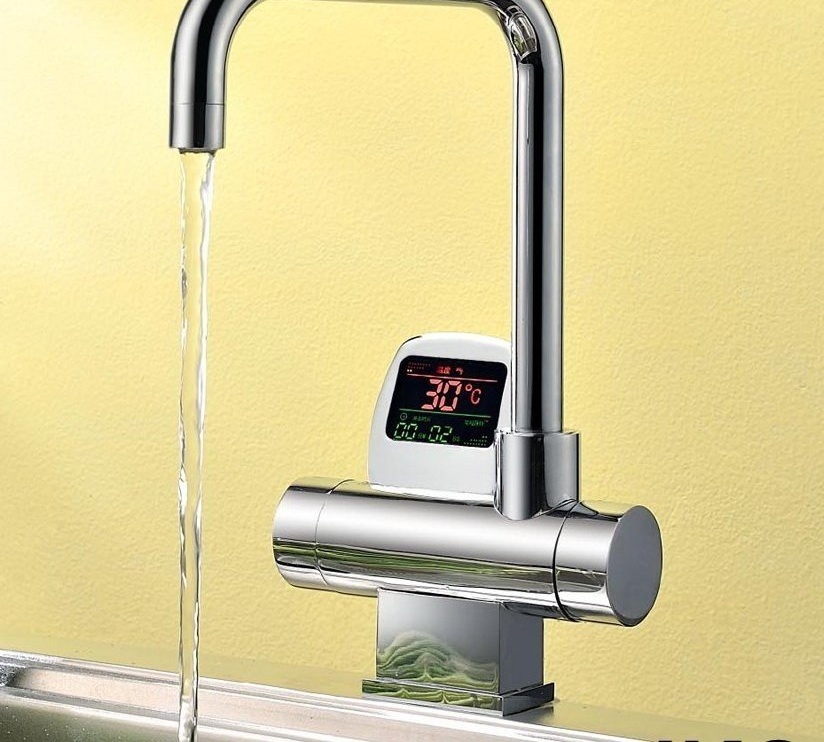The device and principle of operation of the pumping station

For some time now, a private house does not lose in its amenities and comforts to a city apartment. This was not always the case, because before, if it was located far from centralized communal systems, the private homeowner physically was not able to create a full-fledged water supply or sewage system. But, as you know, demand creates supply, and with the advent of special equipment for household communications on the market, in private homes all the “benefits of civilization” that exist today are available. One of the very important elements of a modern autonomous water supply system is a pumping station. It can be purchased ready-made, or can be assembled with your own hands. Whatever version of this equipment is preferred, in order to operate it correctly, it is necessary to understand the principle of operation of the pumping station.
What you need to know when choosing a unit?
To choose the right pumping station for your specific needs, two factors must be taken into account: the technical characteristics of the station itself and the features of the well.
In the first case, the key parameter is performance. That is, the station should provide the rise of such a volume of water that will fully satisfy all the household needs in the house and in the adjoining territory. As for the well, here it is necessary to evaluate its characteristics:
- performance;
- depth;
- statistical water level - when the pump is idle;
- dynamic water level - when the pump is on;
- type of filter;
- pipe diameter.
The vast majority of classic pumping stations are able to effectively lift water from a well whose depth does not exceed 9 m.
As for the pumping station, despite the absence of an official classification, it can belong to one of two categories that are distinguished by practicing specialists:
- with self-priming centrifugal pump;
- with self-priming vortex pump.
Practical experience shows that for a house in which a family of 4 people lives, it will be quite enough to install a pumping station of small or medium capacity. The volume of the accumulator (if included) which will be about 20 liters. Such stations, as a rule, are characterized by a productivity of 2-4 cubic meters. per hour and a pressure of 45-55 meters.
How is the pumping station arranged?
With storage tank
The device of the pumping station, where there is a storage tank, is now considered obsolete, although such options can still be very often found. The fact is that the storage tank is a rather bulky design. The pressure and amount of water in the tank is controlled by a float.When the water level drops to the specified values, a sensor is triggered, which starts pumping. Such a system has long been very popular, despite a number of obvious shortcomings:
- water flows by gravity, so low pressure;
- large dimensions;
- installation complexity;
- the tank must be installed above the level of the station itself;
- if the overflow sensor fails, then overflow of water into the room is inevitable.
With accumulator
The design of a pumping station for water supply with a hydraulic accumulator is a fundamentally new approach in creating an autonomous water supply. Supplemented pressure switch, such a system is the most progressive and is characterized by a much smaller number of shortcomings.
By means of a relay, the upper limit of the ambient air pressure is controlled, and in the accumulator it is compressed under water pressure. As soon as the desired pressure value is set, the pump shuts off and starts working again when the relay receives a signal about the lower pressure limit. If the water consumption is small, the pump will not turn on - water will be supplied to the tap from the tank.
General completeness
Regardless of whether a pump station with a storage tank or battery is selected, in addition to one of these elements it will be equipped with:
- pump unit;
- diaphragm pressure tank, limiting the number of starts of the pump;
- pressure switch;
- manometer;
- cable;
- connector for connection;
- grounding terminals.
Varieties by type of pump
With integrated ejector
Pumping stations are classified by type of working pump, which can be with or without an ejector. The principle of operation of ejector modifications (with built-in ejector) is that water rises due to the created vacuum. They have a higher cost in comparison with simpler models, but due to the special design they are able to supply water from great depths - 20-45 m.
Such pumping equipment is characterized by high performance, but the operation is accompanied by a high noise level. For this reason, such a pumping station should be installed in the utility room and, if possible, outside the residential building. Equipment of this type is most often preferred when maintaining a large subsidiary farm and to meet gardening needs.
With remote ejector
In addition, consumers are offered pumps with a remote ejector, which, together with two pipes, is lowered into the well or well. Through one pipe, water is fed down into the ejector, which leads to the creation of a suction jet. This design loses noticeably in comparison with the classic ejector pump in its operational characteristics.
Such pumps are “afraid” of the presence of air and sand in the system. In addition, their efficiency is much lower. But on the other hand, a station with such a pump can easily be placed in the house, even if the well is at a distance of 20-40 meters.

Comparison table of operating parameters of a pumping station with a remote ejector using Pedrollo models as examples
Ejectorless designs
When the pump station is equipped with equipment without an ejector, water is sucked in according to a different scheme. In this case, the key role belongs to the special multi-stage design related to the hydraulic part. Such pumps operate virtually silently and with less power consumption.
In this article, we have reflected only the main options for the construction of a classic pumping station. It is such structures that can most often be found in private households. In fact, there are a huge number of pumps, on the basis of which the stations are assembled. Everyone can independently assemble such equipment, taking into account their own capabilities and needs.





